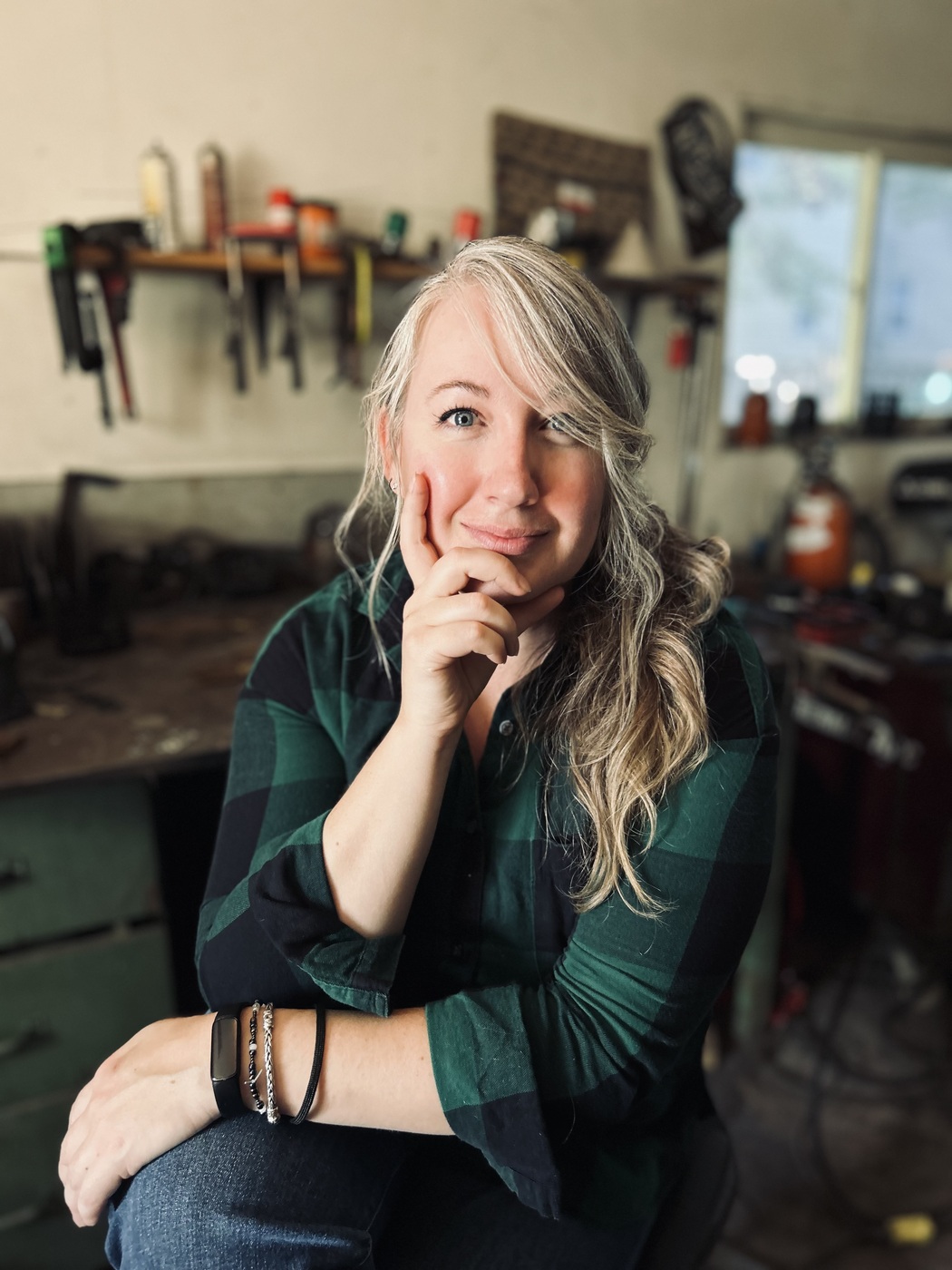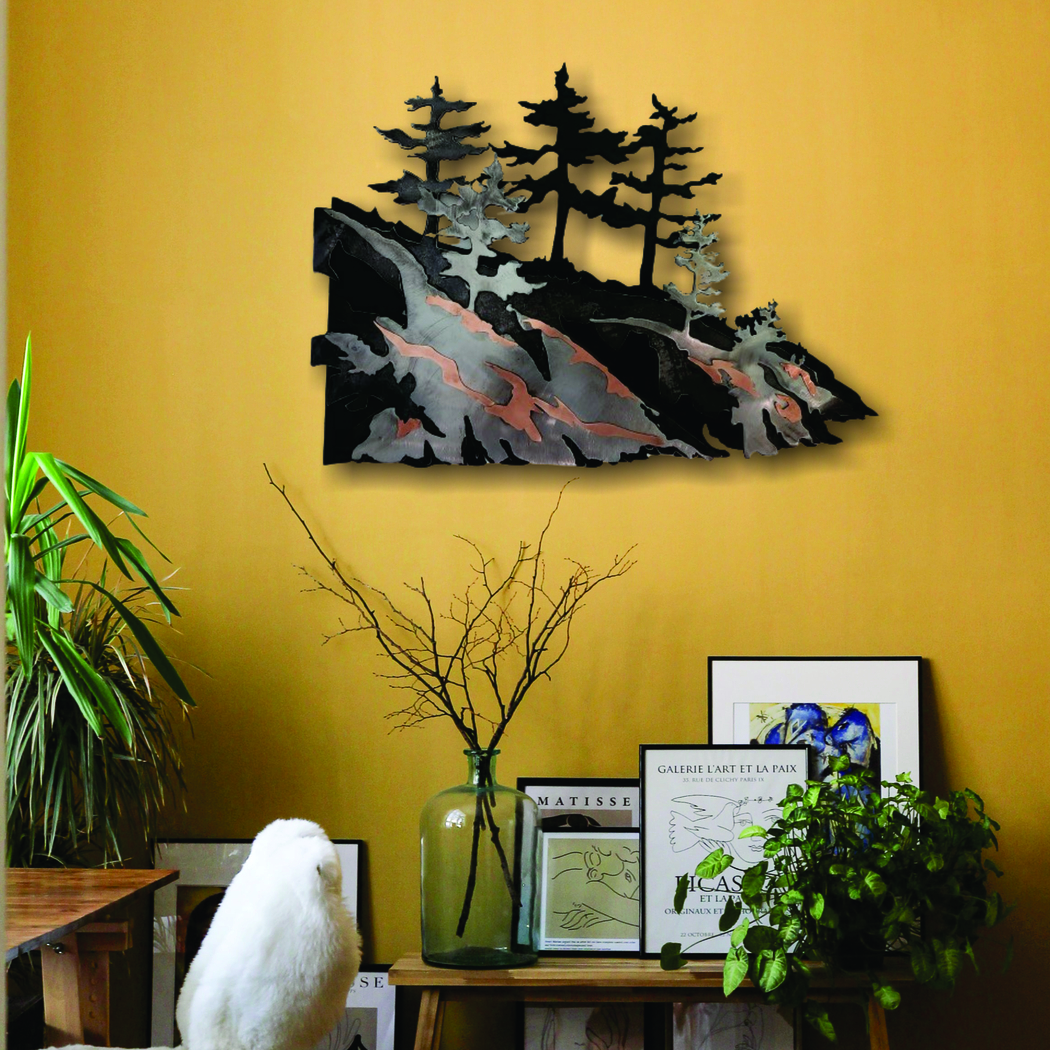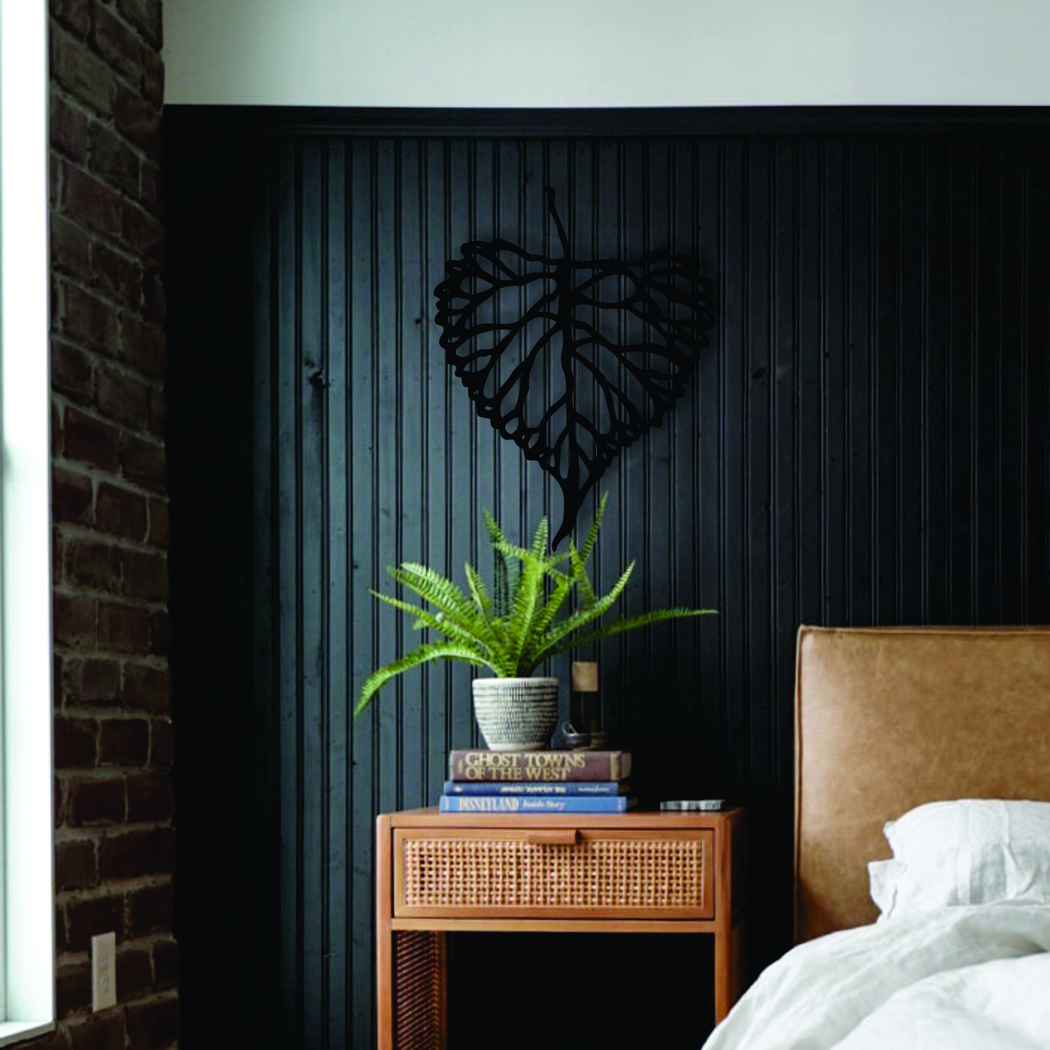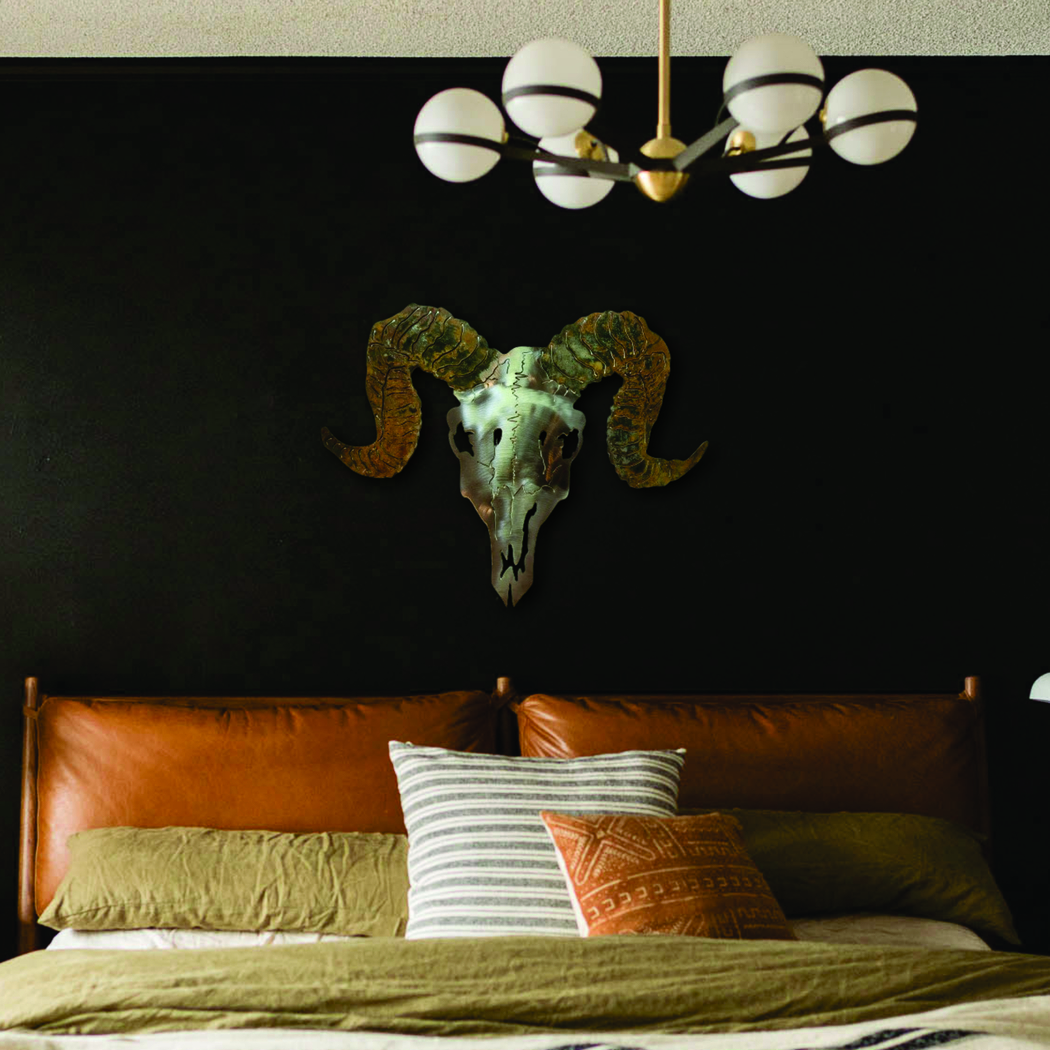Krista Jones
Where do you live: Ontario, Canada
Your education: BA Fine Art, concentration: Painting; Diploma, Metallurgy and metalsmithing, BA Environmental Sciences
Describe your art in three words: Contemporary, Thoughtful, Nature
Your discipline: Metalsmith, sculptor
Website | Instagram

Your metalwork often draws inspiration from nature. Can you describe how your environment influences the materials and forms you work with?
Growing up with the mountains out my backdoor in British Columbia and spending weeks at a time in the Bruce Peninsula, Ontario created a solid foundation and respect for nature. We are fortunate to have such a diverse canopy that I can get lost in. My inspiration comes in the moment of peace and awe when I hear the wind through the trees and ancient lines carved through rock.
Choosing to work in metal has been a process of experimenting in different mediums, none of which really seemed to speak to me the way metal does. I want to keep exploring the way metal moves under pressure. It’s really not unlike rock compressing and crumpling under milenia of pressure. Apply the right kind of heat and force, the molecular structure will change and bend.
How do you balance the creative process between you and Darrin when collaborating on metal sculptures?
The concept and creation is rooted in being outside and wandering through the trees. Having a background in environmental sciences lends me a different insight into where to find species, connections within nature, and looking at the details in rock formations. I will work and rework a template design before cutting into a metal sheet.
Darrin, an accomplished fabricator, helps refine the piece into practical aspects for what materials will weather well together, what sort of joining would bring out the best of the materials, and how to finish the surfaces to bring the vision to life. His life-long practical knowledge is invaluable to my newer found love of steel.
Our artistic partnership is a lot of debating back and forth, hahaha… what would be best for the piece… but not without some foot stomping along the way! He patiently helps guide my wild ideas into being and the colours, textures, and finishes come from talking through the puzzles pieces as I lay them out.
 Krista Jones, Western Shore, 2024
Krista Jones, Western Shore, 2024The use of copper and brass adds striking accents to your steel creations. What role do these semi-precious metals play in your artistic vision?
It is rare in nature to find only one type of material. Where there is granite, you will also find quartz; where there is an old-growth forest, you will also find a decomposing trunk springing with new saplings. Balancing a softer, brighter semi-precious metal with a harder steel or stone balances the piece both visually and elementally.
Aesthetically contrasting the heavier feel of steel, copper, brass, and gold add warm and depth to my pieces.
Elementally, I have great fun combining metals with other materials that are not so easily accepting of a joining. This often forces me to think outside the box when combining copper with stone or steel.
You’ve mentioned being influenced by the Group of Seven, Brian Froud, and Gustav Klimt. How do these influences manifest in your current work?
While these are all wildly different artists, they all have shape and balance in their compositions. Walking the same paths through the Kawartha Region that the Group of Seven walked, seeing the same fantastical details in a mushroom as Brian Froud, and feeling the subtle elegance of a Klimt painting inspires me to push simpler forms to higher standards.
My current work in layering steel and copper to create a moment in time along a weather beaten shoreline is heavily influenced by spending time in the same forests and rocky outcroppings and Tom Thomson and Emily Carr.
 Krista Jones, Skeleton Leaf, 2023
Krista Jones, Skeleton Leaf, 2023Your art explores the cycle of life, particularly focusing on the transition from death to new life. Can you explain how this theme shapes your creative process?
While it is often overlooked in day to day, the natural cycle can be seen everywhere – with the death of a field for a parking lot, you will still find grasses and wildflowers occupying cracks in the pavement. The decay of autumn leaves enrich the soil with nitrogen for spring’s growth. The trees and skulls I incorporate into my pieces are rarely perfect specimens.
I photograph nature in all of its stages and use the symbiotic relationship within ecosystems to fuel a transition from detailed photographs into simple lines and layers that tell a story of that moment in time.
Many of your works play with shadows and layering. How do these elements help convey the relationship between nature and humanity?
You can find sweeping tree silhouettes all along the Canadian shorelines that are home to an ever-changing delicate micro-ecosystem. The relationship I explore within the cycle and symbiotic relationships of nature brings to light small bright moments in time as erosion, climate change, and eco-tourism change the coastal landscape year over year.
Decaying or growing, Trees, soil, and the foundational rocks speak strongly to a subtle ever-changing landscape. The wave of movement toward eco-tourism has left the natural landscape limping along as people attempt to find their place outdoors again. While I attempt to showcase stoic moments and iconic structures, I hope that there is a deeper thought of the balance and care we need to give back to nature as we enjoy the view.
Can you tell us about a specific piece you created that holds special significance to you and why?
Hahaha, the first ram skull I created was both terrifying and freeing. To explore the more macabre aspects of the biological cycle… It was a step in realising that I could draw on inspiration from the latter half of the life cycle without heavy gothic intentions.
 Krista Jones, Ram Skull, 2024
Krista Jones, Ram Skull, 2024
Leave a Reply